Do you speak the fashion lingo?
The fashion industry uses specific terminology, and anyone who wants to work in the industry or just someone passionate about fashion needs to know it. So today, since we are in the middle of Fashion Week (hello Milan), we wanted to explain to you a few terms that are specific to Fashion Week.
Fashion weeks may happen only a few times during the year, but they are always talked about. And it comes as no surprise because they are a key event in the industry that introduces new collections to the large public and keeps the perpetual excitement about fashion and the hottest pieces and newest trends.
During fashion weeks, the media publishes countless runway reviews, and they use specific words that may not ring a bell. And so, if you don’t want to feel lost in the fashion show lingo and understand and speak the industry’s vocabulary, in this article, we are decoding runway terminology with 17 fashion week terms you need to know.
Decoding Runway Terminology: 17 Fashion Week Terms You Need To Know
SS/FW
It’s very common to see the abbreviations “SS” and “FW”that stand for “Spring/Summer” and “Fall/Winter” respectively. They are the two main collections on the annual Fashion Week calendar. FW collections are typically presented between February – March, and SS ones are presented in September – October.
Prêt-à-porter
If you follow fashion weeks, you might have noticed that brands use the term Prêt-à-porter – from French “Ready-to-wear” – for the new collections: Fall/Winter Ready-to-wear and Spring/Summer Ready-to-wear. But have you ever asked yourself what technically the term Ready-to-wear means?
If we take it word by word, Prêt-à porter/Ready-to-wear means that the product is something we can purchase and wear immediately. In fact, Ready-to-wear is the term used for collections that are:
1. mass-produced by factories
2. according to standardized sizes (for instance, from XS- XXXL)
3. sold in a finished state.
Most of the clothes we buy are ready-to-wear. Contrary to the Haute Couture collections that we explain below, which are custom-made and hand-made so not mass-produced and without standard sizes, like a ready-to-wear collection. The majority of fashion brands are ready-to-wear. Only a few in fact have a haute couture line because the latter has to respect some strict rules.
Haute Couture
Haute Couture is a division of the fashion industry organized by the trade association named the Fédération de la Haute Couture. It was formerly the Chambre Syndicale de la Couture. In Haute Couture, High fashion Houses produce two collections a year. Then, they make customized versions of the designs in the collection for individual clients according to their specific measurements. Haute Couture collections are the most prestigious and luxurious that exist in the fashion industry. The materials are precious, everything is studied in detail. And it takes about 200-500 hours or even more to create one of these custom-made garments.
Cruise Collection
A Cruise – also known as Resort – collection is a mid-season collection that brands show between two main seasons – Spring/Summer and Fall/Winter. May and June are the two months we see Cruise Shows hit the catwalks. They originally started with the purpose of serving wealthy cruise guests who would go on vacation. They needed a whole new, mid-season wardrobe to travel to other climates globally. Resort collections usually comprise relaxed silhouettes, lightweight fabrics, and statement swimsuits.
Look
A look is an ensemble of pieces that create an outfit. It is composed of top and bottom pieces, completed with shoes and accessories. Each model on the model wears a different look; in total, there are 20-40 looks per show.
The term “look” can be paired with another word that describes the style of the outfit. For example, street-style look, bohemian look, casual look, etc.
Street Style
I am sure you have seen inspiring style photos of models, celebrities, influencers, and other influential people around the world who attend fashion shows. They are called “street style photos.” Photographers take shots of their looks outside the location of the show, on the streets.
These famous personalities wear impressive outfits, often designer’s pieces whose shows they attend. So they attract the attention of the press and represent an important fashion and style moment outside fashion shows themselves.
Front Row
Fashion brands invite many guests to attend fashion shows: editors, buyers, celebrities, influencers, friends of designers. They have to organize the seating chart to place them. The most important attendees (according to the specific brand) are always placed in the front row aka the first row facing the runway.
It’s up to every fashion brand to decide how to organize the seating. First of all, it depends on the number of spots available. And second, every company has its own VIP list for the front row. These can include the most famous editors and buyers, brand ambassadors, iconic personalities who have a strong history or connection with the brand, etc., and any close people to the label. But there are exceptions, like Anna Wintour, for example. She is always invited to sit in the front row. She is the editor-in-chief of the top fashion magazine Vogue, so she is a strategic invitee.
A-listers
The most influential people in the fashion industry who are invited to fashion shows are A-listers. These are people who are on the top of every guest list. They are usually the same people who sit in the front row, including celebrities, influencers, and top editors and buyers.
Dresser
A dresser is a person who helps dress the models backstage. Most fashion shows last 10 minutes on average and present 20-40 looks, and 1 model will usually show 2-3 looks. So as you can imagine, they have to change outfits quickly. This is when the dresser comes to the rescue. Sometimes a model can be assigned even 2 or 3 dressers if the look is more complex and/or if there is too little time to change between 2 looks.
Before the show, designers and stylists give dressers a photo of the model wearing the look. It shows how it is supposed to be styled. So, on the day of the show, the dresser knows exactly what to do.
By the way, this is a job that you can do as a volunteer backstage during Fashion Week.
Fittings
Think of fittings as a rehearsal moment before the big day (aka show day). It’s when the fashion team and the models gather together to try on the looks they have been assigned. Here, they see if measurements fit perfectly or if they need adjustments. They take place prior to the day of the show, and depending on the brand, it can be days or weeks before. Every professional who has a say on the collection and the models attends the rehearsal. Usually, it’s the creative director and their design team, the stylist, seamstresses and tailors, and the casting director.
When all the looks have been approved, the organizers and designers/stylists take photos of each look they will later share with the backstage dressers and explain how the full looks need to be styled: clothes, shoes, and accessories.
Backstage
This is the space behind the main stage aka the runway where all the preparations before a fashion show happen. All the people involved in the preparation of the show work there on the day of the show. This includes models, makeup artists, stylists, dressers, volunteers, and the creative director and the show producer of course who supervise everything.
Show notes
Fashion show notes are the name of a document that you find on your seat when you attend a fashion show. Given to all the attendees, show notes are usually also sent after the show as press releases to the media and the editors so they can write a runway review.
Show notes can include information about:
- The concept of the collection and the message behind it
- The source of inspiration for the collection
- A breakdown of the different looks
- Technical features such as colors, fabrics, and details seen on the garments
- Why a specific location was chosen
- The music accompanying the show
Some show notes are longer, while other designers prefer a shorter description. Regardless, they are very helpful to guide people through the collection and understand it better both for their personal appreciation and professional purposes when they have to write an article about it.
Re-see
A re-see is the second look that editors and buyers can get at a collection after a fashion show. If they liked it, they can be interested in booking a re-see at a showroom (or sometimes even at the same space the fashion show was hosted especially if the brand hosted the runway at their offices or buildings) so they can see it again with more time, perspective and detail.
Very often, the collection shown on the runway is only a preview of what will be available next season; some items may not even be produced after a fashion show. Therefore, a re-see is an opportunity to take a look at these new pieces. Editors and buyers can talk with the designers and their teams about which pieces will be actually produced, and they can already have a preliminary discussion about which items could be used for the editorials and sales.
A re-see can be useful for the editors looking for the entire looks or some pieces they can use for the editorials, and for buyers to see which pieces they are interested in stocking in the stores.
Market Week
Market Week is an event attended by retail buyers to discover new collections, place their orders, and decide what pieces they want to stock in stores for the next season. It is usually held at showrooms and offices of brands in major fashion capitals like New York, London, Milan, and Paris. Although other cities and regions with a rich fashion scene also host Market Weeks. Some can even happen virtually, a practice that has become pretty popular, especially during COVID when some brands – especially emerging and small ones – have kept showcasing their collections to buyers overseas.
They are scheduled well in advance of the two main seasons – spring and fall – to give retailers time to place their orders and for manufacturers to produce the items. Here’s a general guideline:
Spring/Summer Collections: Market Weeks for these collections typically occur in the late summer to early fall of the previous year. For example, Spring/Summer 2025 collections are normally showcased during Market Weeks held in September/October 2024 aka now during Fashion Week.
Fall/Winter Collections: These are usually presented in late winter to early spring of the same year. For Fall/Winter 2025, Market Weeks might be scheduled around February-March 2025.
See now buy now
The see-now-buy-now model consists of presenting a collection that will be put for sale immediately after the show on the brand’s and retailers’ e-commerce platforms.
The see-now-buy-now is a unique model as the collection consists of pieces that have already been produced. Most ready-to-wear collections don’t operate on the see-now-buy-now model On one hand, not every piece showcased is the most viable merchandising option. This is the case of “unwearable” garments that are created for the sole purpose of art. On the other hand, the garments intended to be sold take time to produce after the show. On average, it takes from 6 to 9 months before they hit the stores.
Salon Show
Initially, when the couture industry started to flourish in Paris in the 1850s, fashion shows were called “salon shows.” They were happening inside the ateliers of couturiers and showcased to a limited number of people. At the time, the audience was mainly composed of buyers, editors, and the press. Nowadays, some designers started the practice of presenting their collections inside a salon. It can be the brand’s atelier/headquarters, the creative director’s house, or another private location. So, nothing too extravagant as at the Eiffel Tower, for example). Salon shows can be a good choice for designers looking to create a more intimate experience with a small guest list.
Afterparty
Once the fashion show/fashion week is finished, the party is only getting started for celebrities, influencers, models, and other VIPs who go to an after-party. It can be organized by the brand or it can be a regular club where all the famous people meet. Not everyone can attend afterparties as it functions primarily by invitation. You have to be a famous industry insider to go to this exclusive event. No one really knows what happens at an afterparty; only a few photos available online can give a glimpse into the place, the attendees, and their looks (unless it was a secret event like the Met Gala after-party). These photos give us a glimpse into the glamorous world and suggest it’s a normal cocktail-party-type celebration with drinks, music, dance, and chatting.
Want to learn more about fashion shows? In this article, we share fun facts about what happens backstage at fashion shows. And if you want to volunteer backstage during fashion week (yes you can!), check out this piece. Follow us on Instagram!



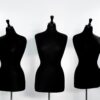
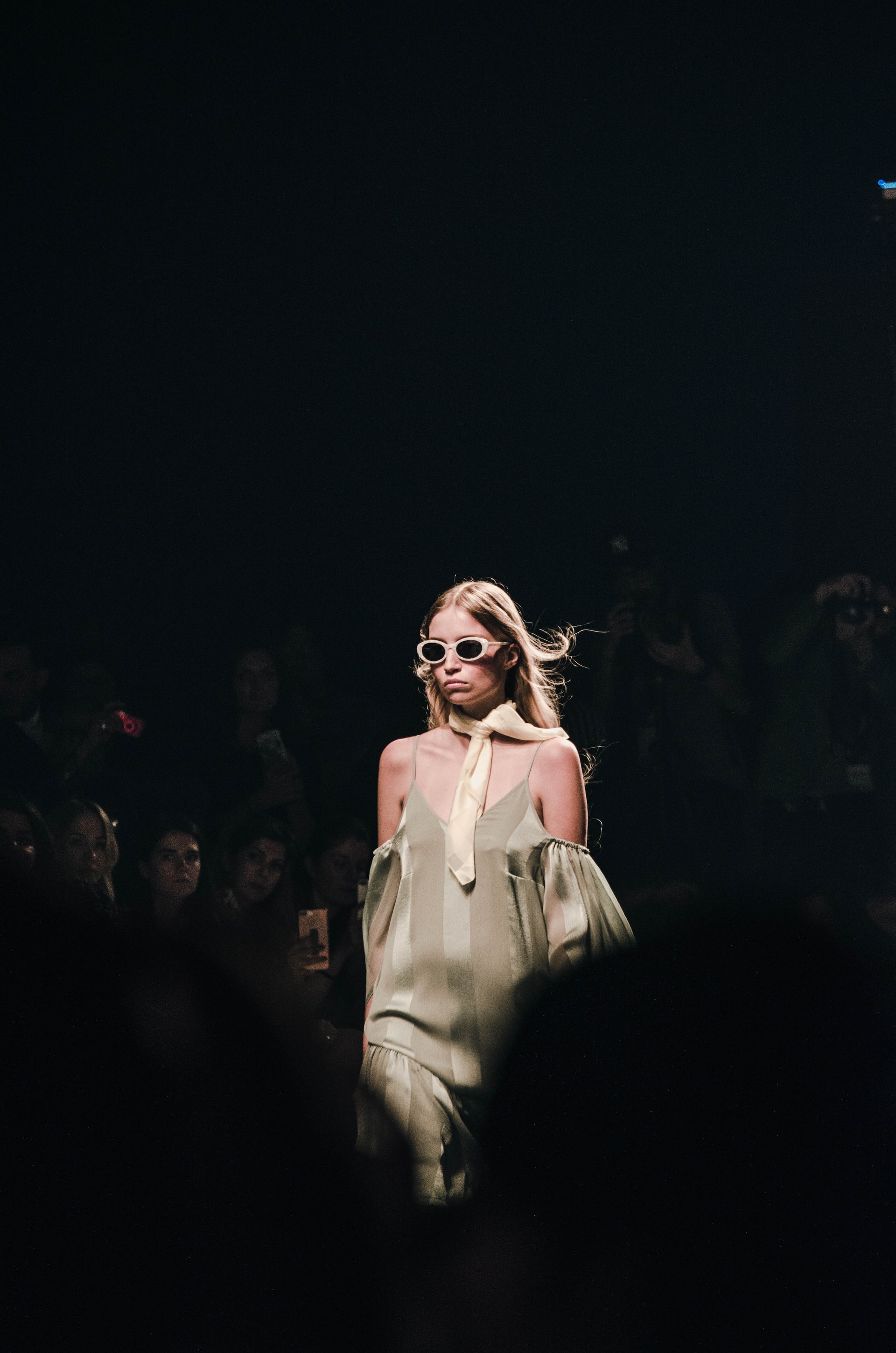
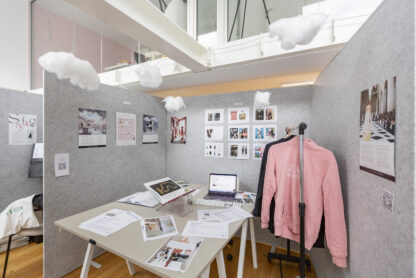
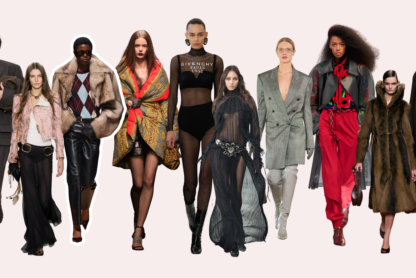
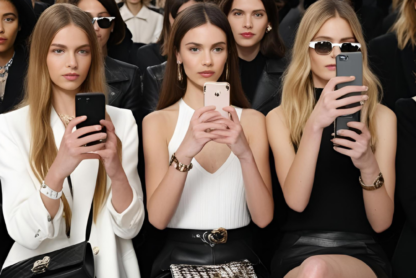
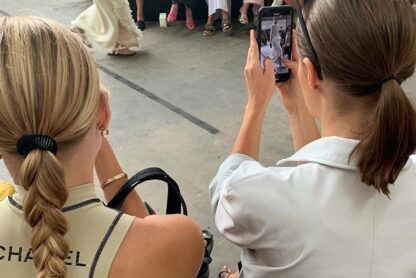

Hello Dear,
Hope you are doing well
I want publish the article at your website https://glamobserver.com/
What is your post price?
Waiting for your kind response
Thank you So Much
complextotech.blogspot.com
Hi Sir,
Hope you are doing well
I want publish the article at your website https://glamobserver.com/
What is your post price?
Waiting for your kind reply
Best Regards